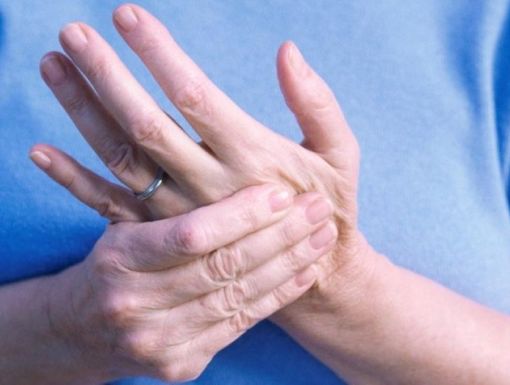
Can Trigger Finger Heal On Its Own?
Trigger finger is a painful condition that can cause a finger to become locked as it is bent down toward the hand. While it can be alarming to have a finger stuck in the bent position, trigger finger is a common and treatable condition.
Trigger finger symptoms can begin with pain in the palm or at the base of the affected finger when you move it or press on it. All fingers, including the thumb, can be affected by trigger finger. The ring finger and thumb are most commonly affected.
Once a patient has one trigger finger, they are at risk to develop similar problems in other fingers.
What is the major cause of trigger finger?
Fingers have a complex anatomy. Each finger has flexor tendons that are designed to help you bend your fingers toward the palm and make a fist. Each of these tendons runs through a sheath, or membrane, that is composed of multiple pulley like structures.
When the tendons become inflamed and develop tendonitis, they can swell or their sheath can thicken. The tendons can then have trouble gliding smoothly through their sheath. The tendon can form a nodule or swell so much that they get stuck on either side of the first pulley, the A1 pulley. This is what leads to the finger getting stuck and the locking sensations we can see and feel.
Certain conditions can increase a patient’s risk of developing a trigger finger. These include:
- Diabetes
- Gout
- Rheumatoid arthritis
- Hormonal abnormalities
- Other inflammatory conditions
People who perform repetitive motion activities are also at risk for developing a trigger finger.
Who treats trigger finger?
An orthopedic surgeon can assess your hand and determine the best way to treat your trigger finger.
How is trigger finger treated?
The goal in treating a trigger finger is to improve the underlying tendonitis and decrease swelling and inflammation.
Trigger finger can sometimes go away on its own. Many people can manage their symptoms by taking anti-inflammatory medication like ibuprofen or naproxen.
Rest, wearing a splint at night or occupational therapy might be recommended for cases that don’t respond to over-the-counter medication. For more severe cases, steroid injections or surgery might be recommended to address the problem.
If trigger finger pain persists, you should make an appointment with a hand specialist. If your condition progresses from a mild pain to a distinct locking, that can be difficult to correct.
When does trigger finger require surgery?
If medication, rest and exercises don’t help your trigger finger, your doctor might recommend surgery.
Trigger finger surgery is a quick outpatient procedure and is highly successful.
During the surgery, a small incision is made in the palm over the A1 pulley. A surgeon divides the pulley, which gives your tendons more room to glide smoothly. This will correct the locking sensations and improve pain.
The procedure usually takes about 10 minutes and patients go home the same day. They are sent home with a small, soft dressing placed over two stiches in the hand. Those will be removed after two weeks.
In the two weeks after surgery it is recommended to use your hand lightly, but most doctors encourage unrestricted use of your fingers to speed up your recovery.
Most people resume their full lifestyle and activities within a few weeks. The risk of this problem coming back is low.
If you are experiencing symptoms of trigger finger or need more information about trigger finger surgery, call 504-842-4263 to make an appointment with Dr. Ross Dunbar.



